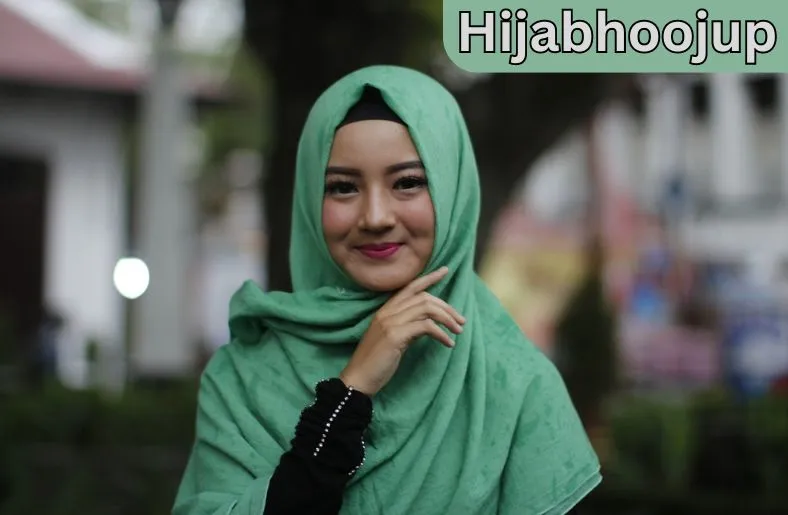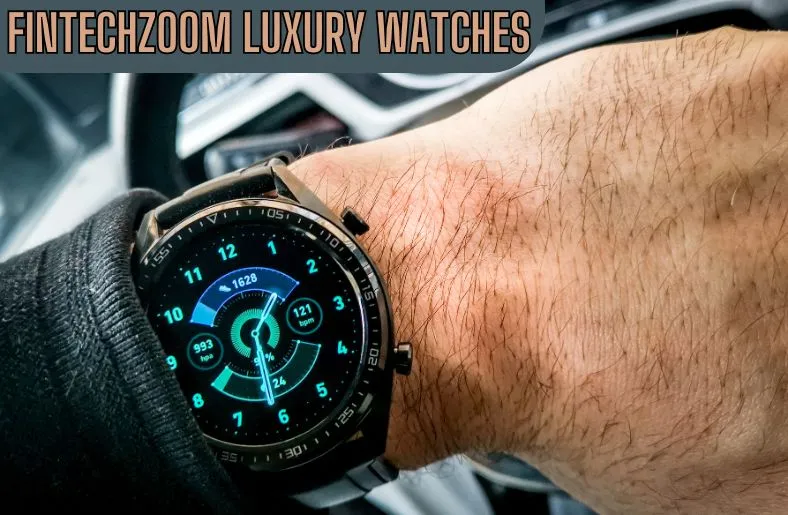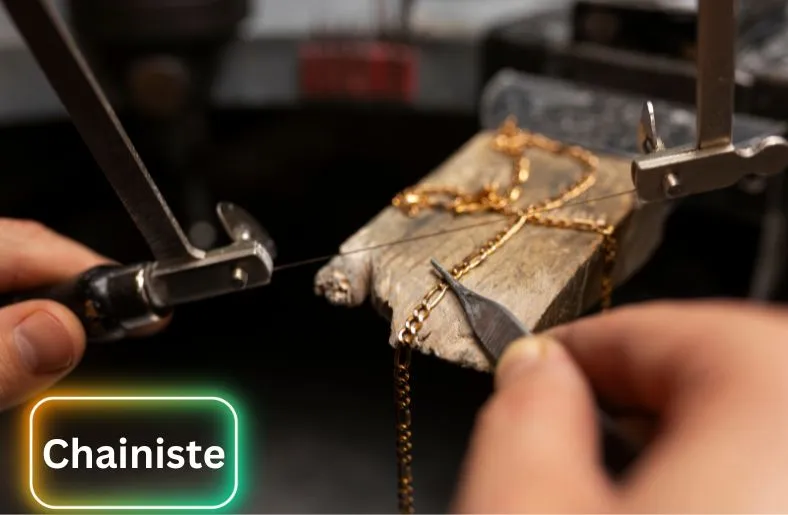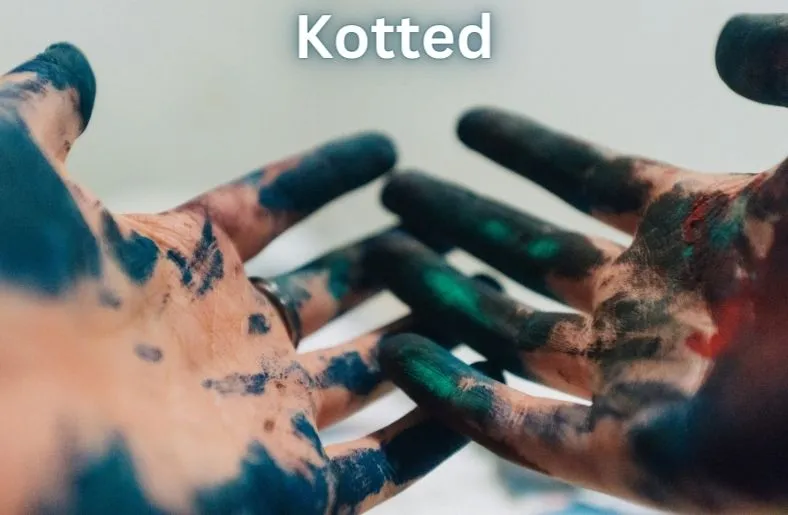In today’s dynamic world of fashion, where tradition intertwines seamlessly with modernity, Hijabhoojup emerges as a captivating expression of cultural identity and style. This unique headwrap, rooted in centuries-old traditions, transcends mere fashion to embody deeper cultural symbolism and personal empowerment. From its origins in Bengali culture to its contemporary interpretations embraced globally, Hijabhoojup not only reflects the evolving preferences of modest dress but also celebrates individuality and faith. As societal perceptions shift and fashion evolves, understanding the journey and significance of Hijabhoojup offers a lens into the intersection of tradition, creativity, and personal expression. This article delves into the rich historical tapestry, modern adaptations, styling techniques, and cultural impact of it, illuminating its enduring relevance in today’s diverse fashion landscape.
Origins and Historical Context
The roots of Hijabhoojup trace back through centuries of cultural evolution, blending tradition with contemporary sensibilities. Originating in diverse regions such as South Asia and the Middle East, Hijabhoojup amalgamates historical practices with present-day interpretations. Its early forms symbolized modesty and societal standing, evolving over time to reflect broader cultural shifts and religious influences. Transitioning into the modern era, Hijabhoojup has adapted to embrace a spectrum of fabrics, colors, and styles while retaining its essence as a marker of identity and faith. Understanding its historical journey provides insights into how it has transcended geographic boundaries, becoming a symbol of cultural pride and personal expression for Muslim women worldwide.
Cultural Symbolism of Hijabhoojup
Hijabhoojup embodies profound cultural symbolism, transcending mere fashion to represent faith, identity, and empowerment. As a fusion of the hijab and hoojup, it encapsulates modesty while allowing for individual expression through diverse fabrics and designs. This cultural garment serves as a visible marker of religious devotion and adherence to Islamic principles, symbolizing dignity and respect within Muslim communities worldwide.
Moreover, Hijabhoojup reflects regional variations and cultural nuances, integrating traditional motifs and contemporary aesthetics to convey personal and communal values. It fosters a sense of belonging and solidarity among wearers, affirming cultural heritage while adapting to global fashion trends. Transitioning through history, its symbolism has evolved, resonating with broader societal shifts towards inclusivity and representation.
In contemporary contexts, Hijabhoojup’s symbolism extends beyond religious significance to challenge stereotypes and promote cultural understanding. It stands as a testament to diversity and resilience, celebrating the multifaceted identities of Muslim women in today’s interconnected world.
Modern Adaptations and Styles
Hijabhoojup has undergone remarkable transformations, blending traditional modesty with contemporary fashion trends. Today, it embraces a diverse array of styles and materials, catering to the preferences and lifestyles of a global audience. Transitioning from its origins, modern Hijabhoojup integrates innovative fabrics and cutting-edge designs, reflecting the evolving tastes and needs of Muslim women worldwide.
Incorporating vibrant colors and intricate patterns, modern Hijabhoojup resonates with both cultural heritage and cosmopolitan flair. It adapts to various occasions and climates, offering versatility without compromising on modesty or elegance. Fashion houses and independent designers alike contribute to its evolution, infusing creativity and sophistication into every piece.
Transitioning smoothly from everyday wear to formal settings, contemporary Hijabhoojup empowers wearers to express their individuality while honoring religious principles. Its popularity continues to grow, driven by its ability to merge tradition with modernity seamlessly. As a symbol of cultural pride and personal style, modern Hijabhoojup remains at the forefront of global fashion, embodying resilience and inclusivity.
Impact on Global Fashion
Recognition in Mainstream Markets
Hijabhoojup has gained recognition beyond cultural boundaries, making significant strides in mainstream fashion markets. It has been featured in prominent fashion shows and embraced by renowned designers, highlighting its growing acceptance and influence.
Diversity and Representation
The inclusivity of Hijabhoojup in global fashion promotes diversity, offering a platform for Muslim women to express their identity while contributing to broader fashion narratives. Its presence in international runways reflects a shift towards more inclusive and representative fashion industry standards.
Influence on Fashion Trends
Hijabhoojup has influenced contemporary fashion trends by blending traditional modesty with modern aesthetics. Designers worldwide incorporate its elements, such as vibrant colors and intricate patterns, into their collections, showcasing its versatility and appeal.
Empowerment and Cultural Pride
For wearers, Hijabhoojup symbolizes empowerment and cultural pride, challenging stereotypes and fostering self-expression. Its visibility in fashion media and popular culture contributes to broader societal acceptance and understanding of diverse cultural practices.
Global Appeal and Accessibility
Accessible through online platforms and diverse retail outlets, Hijabhoojup meets the fashion needs of Muslim women globally, enhancing their ability to find stylish yet modest attire that aligns with their religious beliefs.
How to Style Hijabhoojup
Styling Hijabhoojup is an art that blends tradition with contemporary flair. Begin by choosing the right fabric—cotton for casual days, silk for elegance. Consider your outfit: pair a classic Hijabhoojup with jeans for casual outings. For professional settings, opt for neutral colors and simple wraps that complement formal attire. Special occasions call for luxurious fabrics like chiffon or velvet, adorned with embellishments like lace or sequins. Experiment with different draping techniques: a turban style for a modern twist or a simple wrap for traditional elegance.
Transition seamlessly from day to evening by accessorizing with statement jewelry or scarves that complement your Hijabhoojup. Keep comfort in mind: ensure the Hijabhoojup is securely wrapped but not overly tight. Balance modesty with personal style, expressing your unique identity through color choices and patterns that resonate with you. Whether it’s a casual day out or a formal event, mastering the art of styling Hijabhoojup enhances both fashion and cultural pride.
Care and Maintenance
Maintaining your Hijabhoojup ensures it stays pristine and lasts longer. Begin by checking the care label for washing instructions; gentle hand washing with mild detergent is often recommended. Avoid harsh chemicals that could damage delicate fabrics. When ironing, use a low heat setting and place a cloth between the iron and the Hijabhoojup to prevent damage. Store your Hijabhoojup in a cool, dry place to avoid wrinkles and color fading. Periodically air out or gently steam your Hijabhoojup to keep it fresh and ready to wear.
Transitioning from season to season, adjust your care routine based on fabric type and weather conditions. Regular maintenance not only preserves the integrity of your Hijabhoojup but also ensures it remains a stylish and comfortable choice for everyday wear or special occasions.





